4.8 1700+ Google Reviews

Replacing your roof sucks. It’s expensive, you don’t know which roofing contractor to call, and you don’t know what roofing material to choose. Fortunately, we can help with that last part. There are top roofing materials. However, each has pros and cons, and the best roofing material will be different for everyone.
There are several factors to consider when choosing a material for your roof replacement:
Roofs can last 20 to 100 years. Generally, the more you spend, the longer it will last. Therefore, you may be inclined to buy a longer-lasting roof on your forever home instead of your starter home. However, you should also remember that a longer-lasting roof may attract more buyers when you sell your home.
Another factor to consider is the maintenance required for each roofing type. For example, some roofs, like wood shakes, require more maintenance than an asphalt shingle roof.
Durability is a significant factor when it comes to choosing your new roof. For example, homeowners living in areas with high winds, hail, or other extreme weather will need a more durable roof than someone living in a more moderate climate. In addition, fire resistance may be necessary when houses are closer together or there is an increased risk of fire.
Finally, the cost is often the most noticeable difference in roofing materials for homeowners. Despite all their pros and cons, your budget might only allow the type of roof with the lowest cost.
Asphalt shingles are the most common roof materials used in the US. And there are two primary types of asphalt shingles – three-tab and architectural shingles.
Three-tab shingles have one layer of fiberglass backing coated with asphalt and covered with granular on the top side. Although they appear to be 12 inches wide, they are actually one 36″ shingle with three separate tabs for the exposed portion.
Life Span: Three-tab shingles generally last about 20 years.
Cost: Asphalt shingles are one of the least expensive roofing materials. The cost of three-tab asphalt shingles, including removal of the old roof, the shingles, and installation, is around $4-$6 per square foot. Use this calculator for an accurate roof replacement cost.
Durability: Three-tab shingles have low wind resistance and lower impact resistance than other roofing options. Specifically, three-tab shingles can withstand winds up to 60mph, and most don’t have an impact rating. However, some companies manufacture three-tab shingles with class 4 impact resistance.
Maintenance: Asphalt shingles are a low maintenance roof material. You may need to occasionally remove foliage or moss if it’s a problem in your area. Plus, you should inspect them for damage or exposed fasteners every few years.
Pros: Asphalt shingles are a low-cost roofing material with plenty of colors to choose from. Plus, they’re lightweight and easy to install, lowering installation costs. These qualities also make them a breeze to repair.
Cons: The biggest con with asphalt shingles is their life span. A 20-year lifespan makes them one of the shortest-lived roofing materials. In addition, they should not be installed in areas with a high potential for extreme heat, strong winds, or hail. Lastly, asphalt shingles are difficult to clean. They can not be power washed, and chemicals can damage the roof.
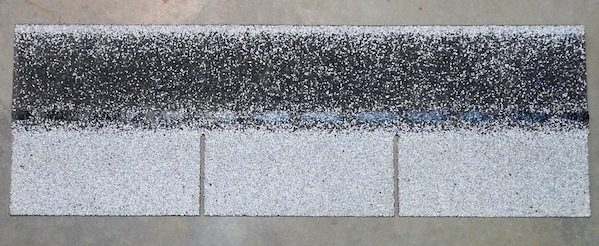
The terms architectural, laminated, and dimensional shingles are used interchangeably. These shingles are the bigger brother of three-tab shingles (although they are newer). Instead of one layer, they have multiple layers laminated together. This manufacturing process gives them their name and a dimensional look.
Life span: Shingle manufacturers produce varying qualities of laminated shingles. They generally have life spans from 30-50 years or more.
Cost: Architectural shingles vary in price, consistent with their life span. On average, they cost approximately $6-$12 per square foot, which includes removal, the shingles, and installation.
Durability: Since architectural shingles have more layers and are thicker than three-tab shingles, they are much more durable. Specifically, they typically have wind resistance rated for 80-120 mph winds, and they withstand impacts better than three-tab shingles. In addition, like three-tab shingles, they have a class A fire resistance rating, which is the highest class.
Maintenance: Architectural shingles installed properly in ideal locations are low maintenance. You only need to keep them free of foliage and moss and inspect them every few years for damage or exposed fasteners.
Pros: Although slightly more expensive than three-tab shingles, architectural shingles are still cost-effective. If you consider the longer life span, architectural shingles cost less per year of life than three-tab shingles. In addition, they’re very durable, come in many shapes and colors, and offer more curb appeal than three-tab shingles.
Cons: There aren’t many cons to architectural shingles other than a higher initial cost over three-tab shingles. Plus, just like 3-tab shingles, they are difficult to clean.
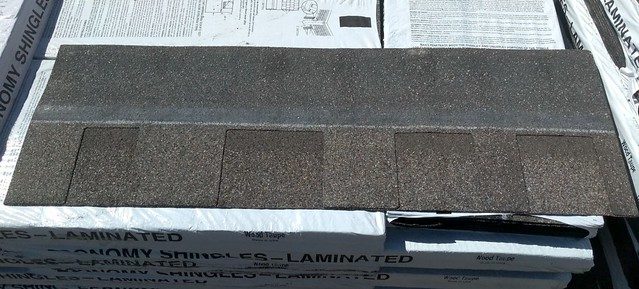
Slate is a naturally occurring rock with excellent tensile strength and durability that is cut, shaped, and finished for roofing. They are are a staple here in the Richmond and Central Virginia area
Cost: Slate roofs are one of the most expensive roofing products. You should expect to pay around $20-$30 per square foot. However, the cost can increase significantly if you have a complex roof or your roof needs modifications to support a heavy slate roof.
Life Span: Since slate roofs are natural rocks, they have an incredible lifespan. Most industry experts state that slate roofs last 75-200 years.
Durability: Slate tiles are heavy, rigid, and non-combustible. As a result, they can withstand winds up to 110mph, have a class A fire rating, and a class 3 or 4 impact rating. However, they can crack easily under a roofer’s or homeowner’s foot.
Maintenance: The slate itself does not require much require maintenance. However, depending on the flashing material, the slate might last longer than the flashing. As a result, you should have your roof inspected annually to check for damage.
Pros: Most homeowners choose slate for its beautiful, classic, and natural look. Slate roofing also boasts a long lifespan and extreme durability.
Cons: The biggest con of slate roofs is the cost. It’s 2-3 times as expensive as an architectural shingle. Repairs are also costly, and it’s challenging to find roofers experienced with slate. Finally, the heavy weight of slate is a turn-off for some homeowners. It weighs about four times more than traditional shingles, and some roof structures can’t handle the additional weight.
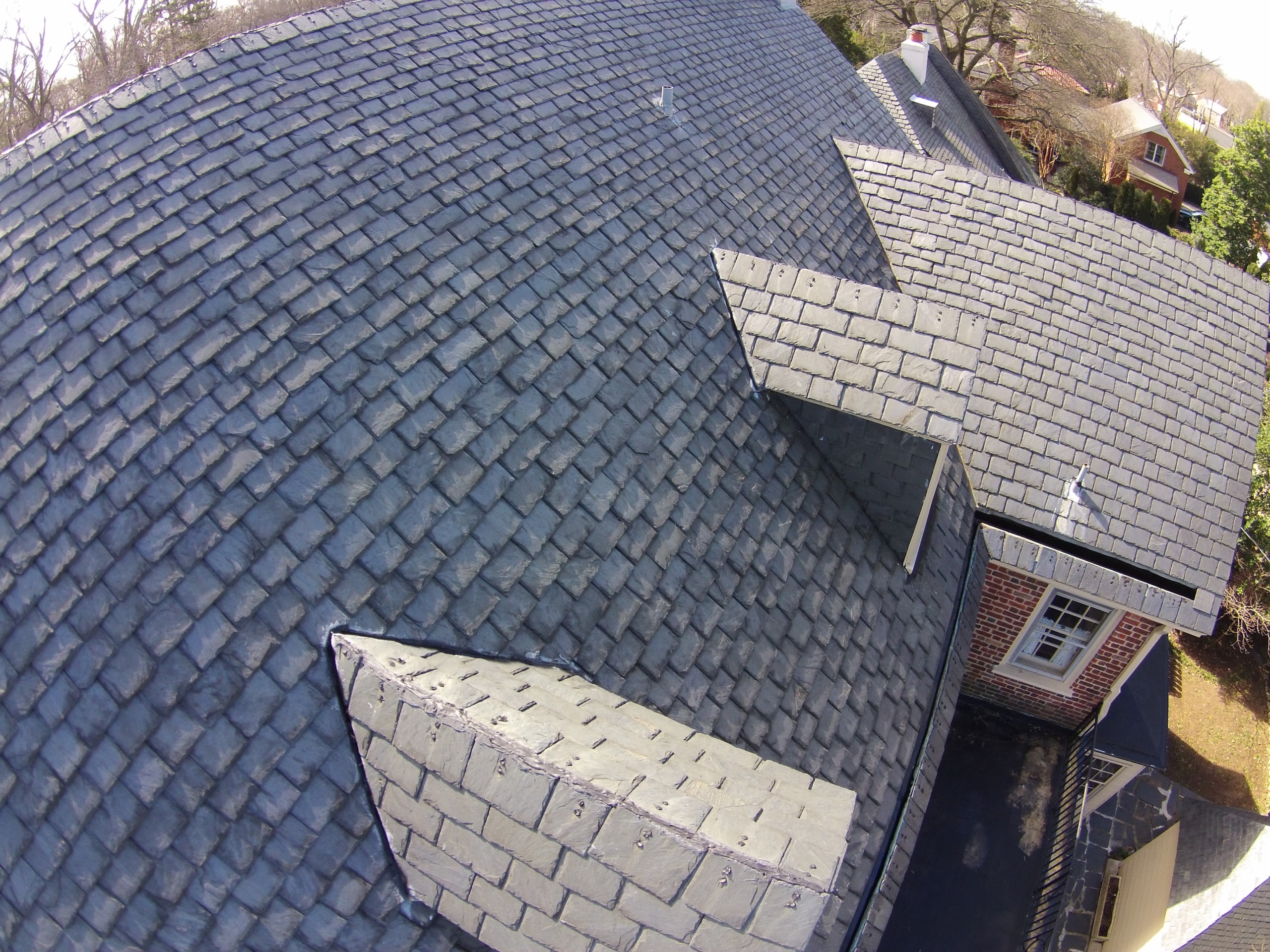
There are many kinds of metal roofs, such as copper or steel shingles, but standing seam metal roofs are the most common. Standing seam roofs have verticle legs (seams) every 12-18 inches. The seams interlock and conceal the screws or nails of the lower panel. They are typically made with 22-26 gauge steel, but aluminum and copper are also options.
Cost: Standing seam metal roofs generally cost about $10-$20 per square foot for materials and installation.
Life Span: Standing seam metal roofs will last 30-50 years.
Durability: Standing seam metal roofs installed over wood roof decks are very durable. They have a wind resistance rating of 140-180 mph, a class A fire rating, and a class 4 impact rating.
Maintenance: There is little maintenance required with metal roofs. Get a roofing inspector to inspect it every few years, and that’s about it.
Pros: Besides their excellent durability and lifespan, standing seam roofs are more energy efficient. The metal surface and special paints reflect more sunlight than most roofing types. Plus, they have a modern, sleek look, come in many colors, and the acoustics in the rain are excellent!
Cons: Metal roofs are more expensive than both types of asphalt shingles. Plus, repairs are more complex, expensive, and harder to schedule due to a lack of specialized roofers. Also, some people consider the rain noise a con, but they’re wrong.
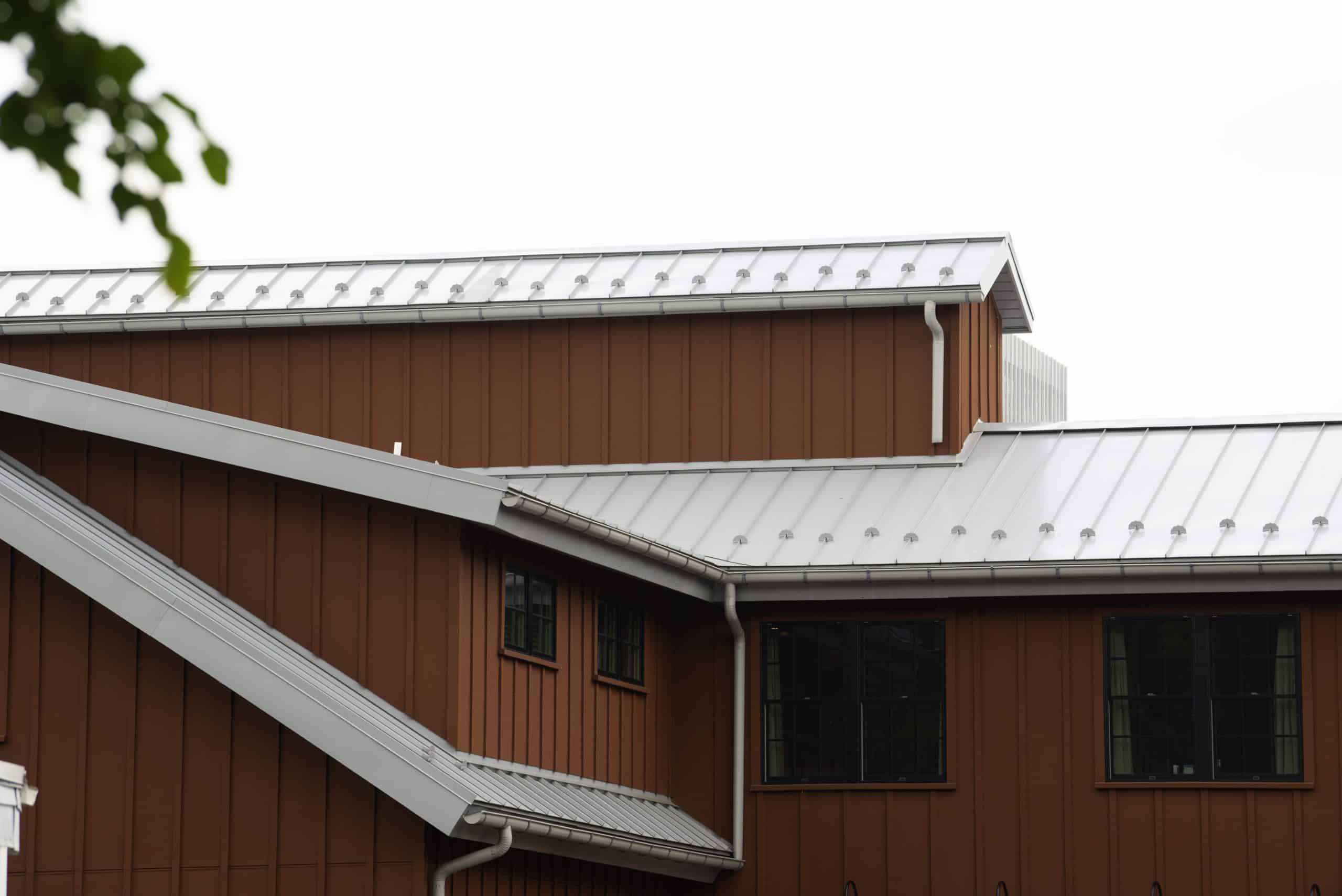
Cedar shingles and shakes are a great choice for homeowners who prefer natural materials and a rustic look. Although the terms get used interchangeably, shakes and shingles are different. Shingles are thinner, smoother, and uniform in shape and size. Shakes are thicker, rough on one side, and vary in shape and size.
Cost: Cedar shingles are more uniform in shape and are easier and cheaper to install than shakes. Expect to pay around $5-$9 per square foot for shingles and $8-$15 per square foot for shakes.
Life Span: The average lifespan of a cedar shake or shingle roof is about 30 years – similar to architectural asphalt shingles.
Durability: Wood roofing has incredible wind and impact resistance. They can withstand winds up to 245 mph and hold up incredibly well against hail with a class 4 impact rating. However, wood roofs are more prone to catching and spreading fire and are banned in some areas prone to wildfire.
Maintenance: Wooden shingles and shakes require the most maintenance of any roofing material. They are prone to mildew, moss, and decay. You will need diligence in keeping the roof free from foliage and debris. Regular light washing will prolong their life.
Pros: Wood shingle and shake roofs are typically chosen for their natural beauty. Other than their lack of fire resistance, they are very durable and offer more energy efficiency than most different types of roofing materials.
Cons: The drawbacks of wood shakes and shingles are they are not fire resistant, they require more maintenance than most roofs, and they fade to an unsightly gray color.

There are many different roofing materials and the best option is different for everyone. Laminated shingles are the most popular roofing choice in the US because of their cost effectiveness, and overall quality, and longevity. However, other materials have benefits that may outweigh the cost for you.
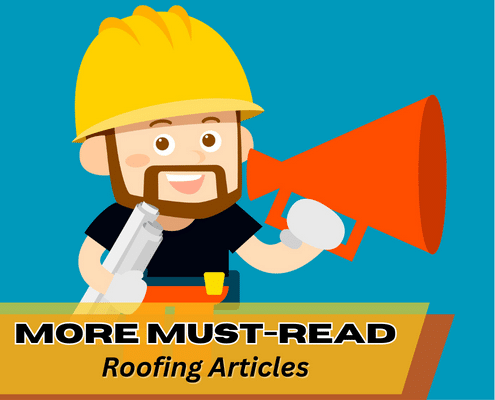
Roof Replacement Cost Calculator
What is Roof Flashing? – Code, Purpose, and Types
Year 11 of your “20 Year Roof”
Can a Roof Have Two Layers of Shingles?
Rafters VS Roof Trusses: Complete Structural Guide
Top 5 Roofing Materials in Virginia